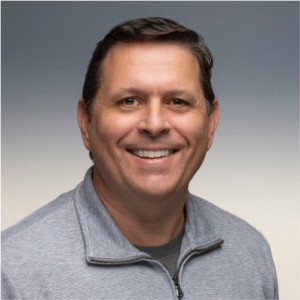- Video Library
- Chris Prentice Presents Harmonic Bionics at LSI USA ‘23
Chris Prentice Presents Harmonic Bionics at LSI USA ‘23

Chris Prentice
Experienced CEO, C-level executive and Board Member with a proven track record over 24 years. The focus of my career in healthcare has been in the commercialization and implementation of medical devices and advanced technologies. My organizational experience includes well-established multinational companies as well as start-ups. I focus on organizational development through implementing structure and process.
Chris Prentice
Experienced CEO, C-level executive and Board Member with a proven track record over 24 years. The focus of my career in healthcare has been in the commercialization and implementation of medical devices and advanced technologies. My organizational experience includes well-established multinational companies as well as start-ups. I focus on organizational development through implementing structure and process.

17011 Beach Blvd, Suite 500 Huntington Beach, CA 92647
714-847-3540© 2025 Life Science Intelligence, Inc., All Rights Reserved. | Privacy Policy







